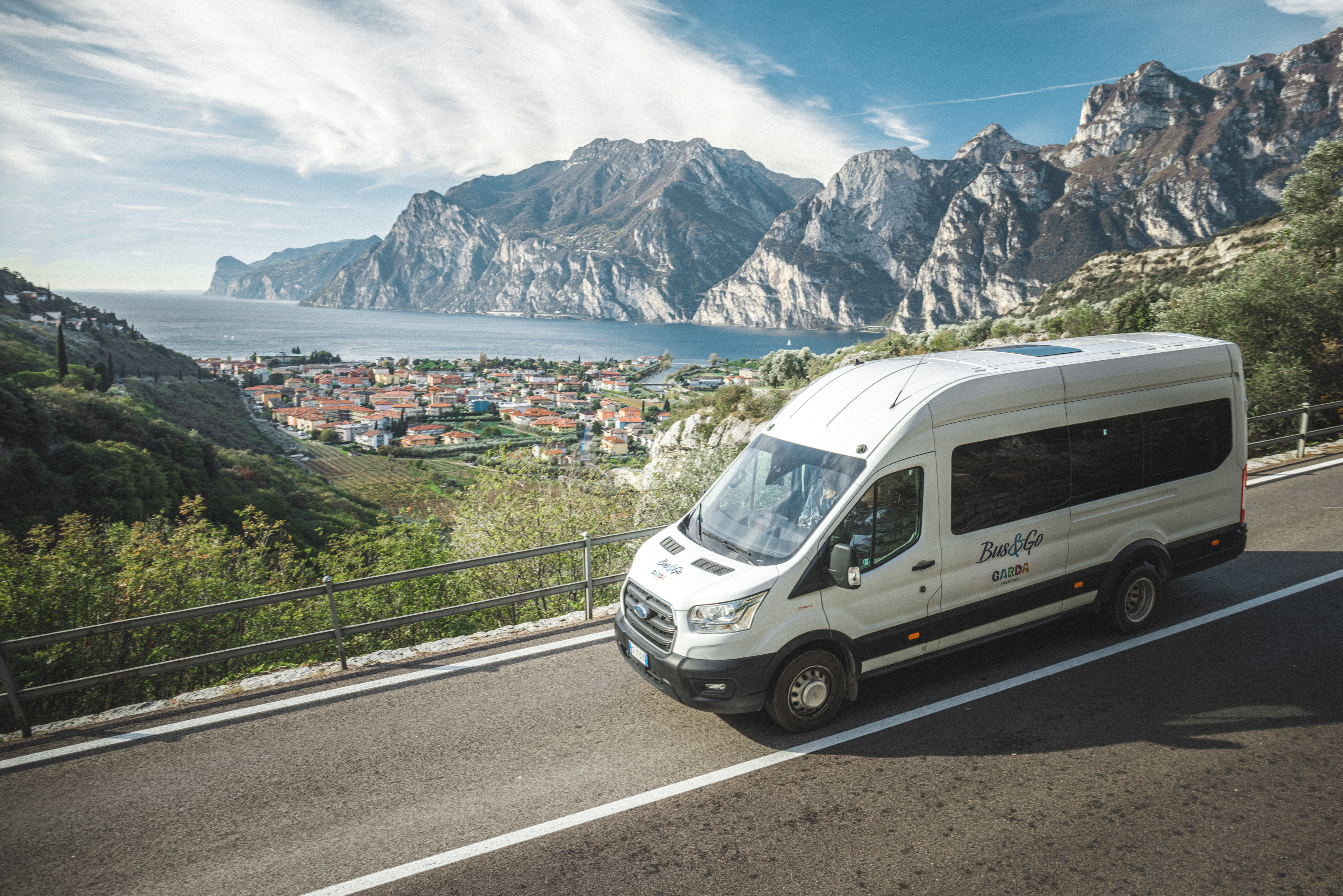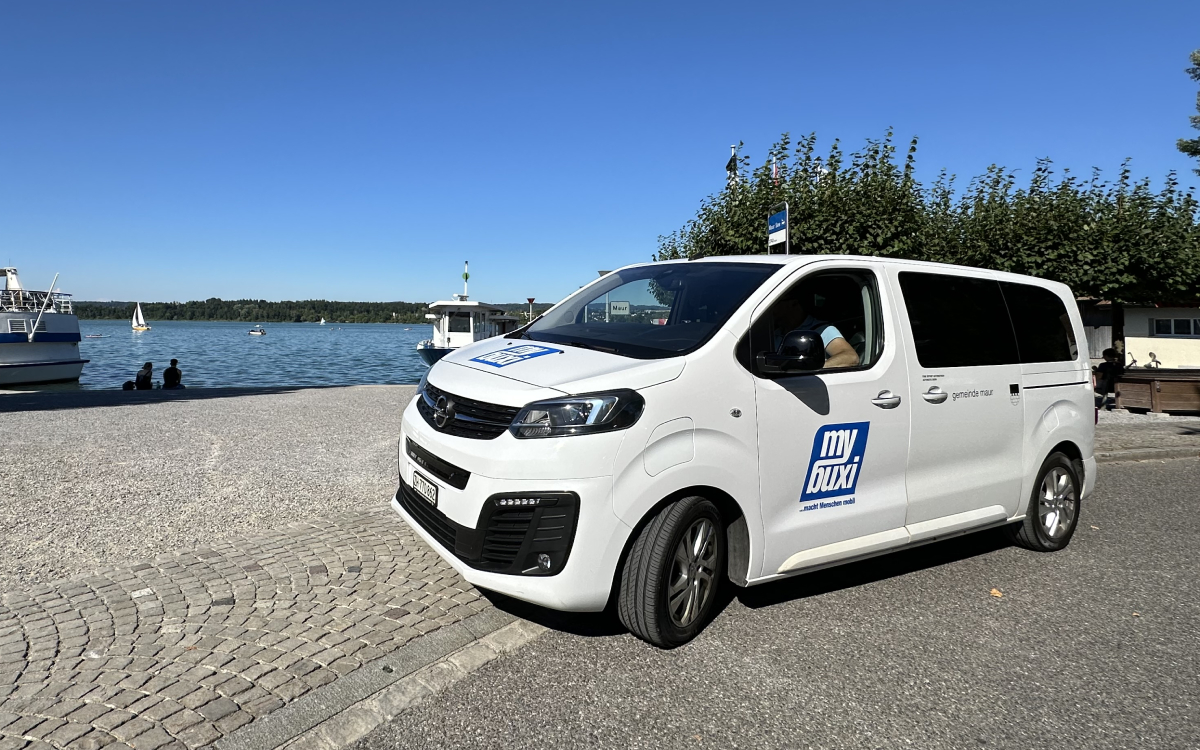


Alto Garda — Vacation Transport at the Heart of Alpine Tourism

Shotl-powered demand-responsive transport for seasonal tourism.
The Alto Garda region in northern Italy is a renowned tourist destination that welcomes thousands of visitors every summer. From lakeside villages to mountain trails, high-season mobility poses both logistical and environmental challenges. Yet, during the bustling high season, the area faces gentle challenges, such as crowded roads, limited parking, and a public transportation system that struggles to keep up, quietly impacting the environment with increased emissions and noise. The solution: an on-demand transport system that delivers flexibility, geographic coverage, and operational efficiency—all through a single app.
The Challenge: Mass Mobility in a Natural Setting
During the summer months, especially in August, the floating population increases dramatically with cyclists, hikers, families, and international tourists. Traditional fixed lines fail to meet the geographically dispersed demand. The region needed a scalable solution that wouldn’t add traffic or increase pressure on the natural environment.
The Solution: Tourist-Focused DRT Powered by Shotl
With Shotl’s technology, a demand-responsive transport (DRT) service was deployed, including multiple virtual stops strategically placed throughout the territory—from historic towns to scenic viewpoints, lakeside beaches, and camping areas.
Service highlights:
- Extended operating hours on weekends and during special events
- Instant bookings via app or QR codes at physical stops
- Fleet management based on daily demand forecasts
Record: Over 116,000 Passengers
From its beginnings to the present day, the system reached a milestone: 116,000 passengers. Alto Garda has been breaking its own records this summer, delivering back-to-back weekly highs in early August: 1,940 riders in the week of 4 August, followed by a new record of 2,147 riders in the week of 11 August. These numbers confirm that vacation-oriented DRT is not only viable, but preferred over private vehicles or overcrowded fixed lines.
Key Outcomes
- Less road traffic in sensitive areas
- Average wait times under 12 minutes
- Direct emissions reduction from tourist transport
- High user satisfaction and repeat usage
Scalable Blueprint for Seasonal Destinations
The Alto Garda model is easily replicable in other tourism-heavy regions—whether coastal or mountainous, or in municipalities facing strong seasonal demand. With Shotl, mobility became part of the travel experience: accessible, efficient, and environmentally respectful.
Popular posts
27.06.22
Interview with Laia Pagès at CARNET
This month we chat with Laia Pagès, Executive and Research Manager at Future Mobility Research Hub CARNET and long-time passionate advocate for innovative solutions to mobility challenges. Laia completed her PhD dissertation on Mass Transport Vehicle R
Jonàs Ramírez
25.05.20
Why Data is Key to Effective Crisis Management
Data-miner is king. And as the world emerges from its hole post-Covid-19 shutdown, smart data management will be vital to meet the challenges of the “new normal.
Osvald Martret
23.07.25


